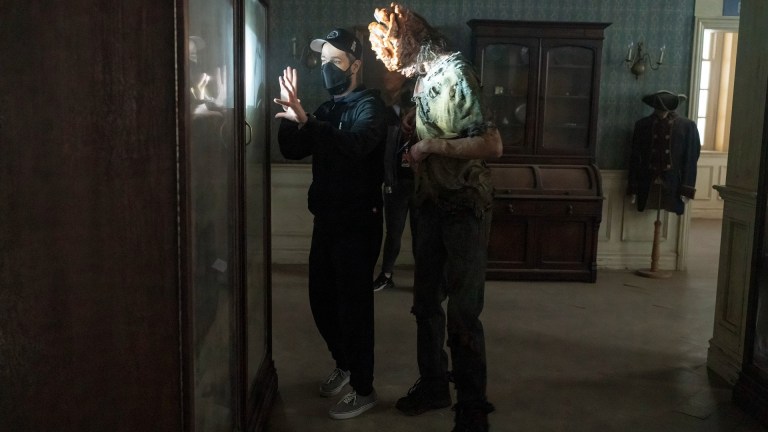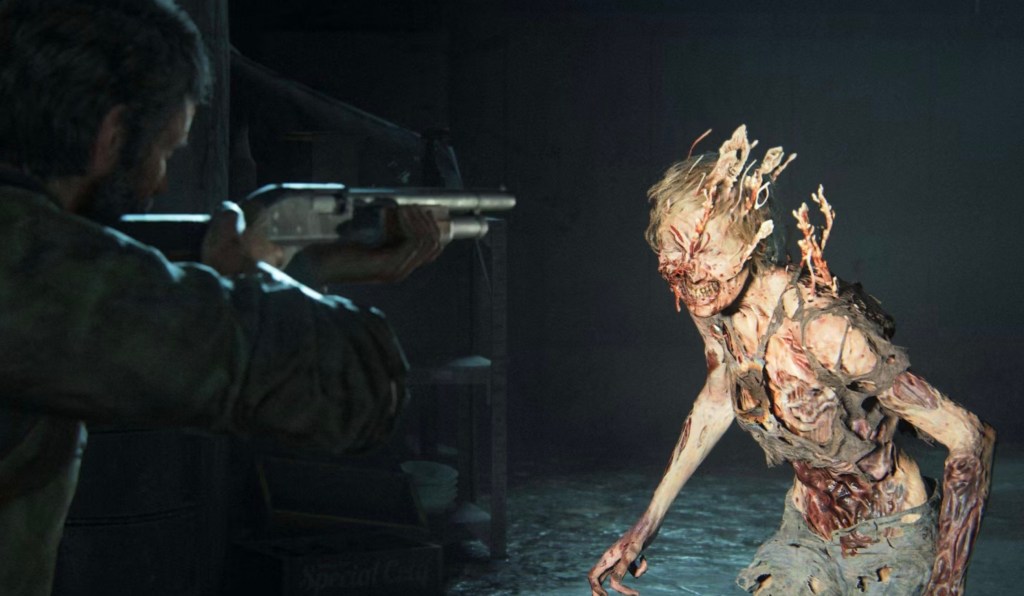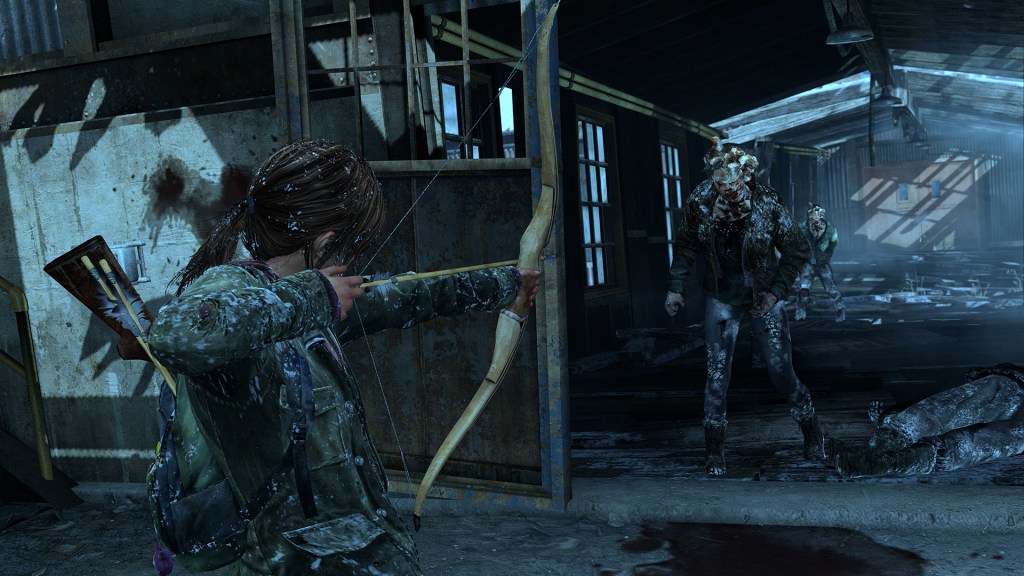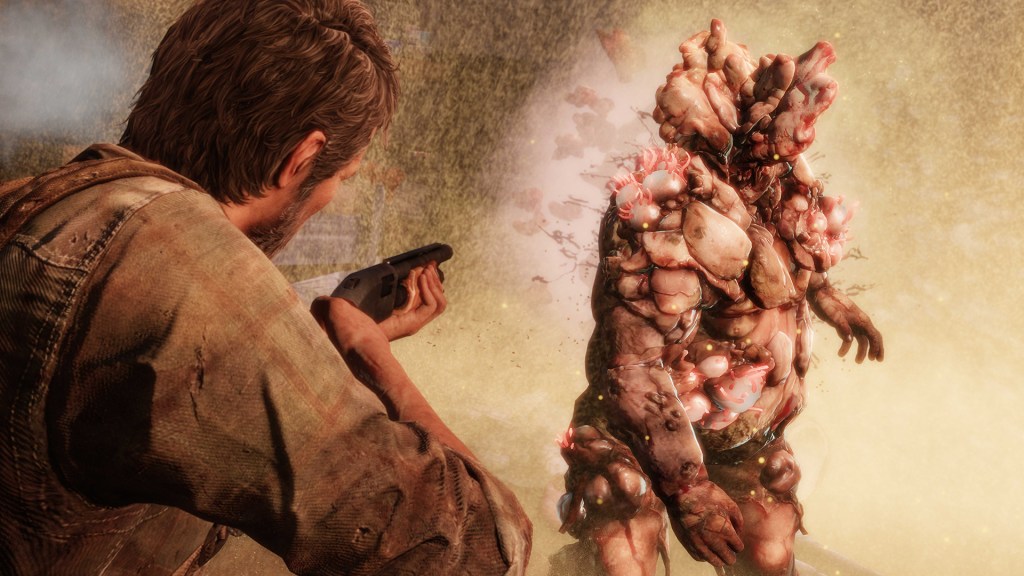The Last of Us: How the Cordyceps Infection Works
The "zombie virus" introduced in HBO's The Last of Us is unlike any you've ever seen before...

This article contains details from The Last of Us video game that could ultimately lightly spoil the HBO series.
The Last of Us video game series is well known not only for its emotionally gripping story, but also for its unique take on zombies. In this world, the Cordyceps fungus has mutated to infect the brains of humans, turning them into violent and bloodthirsty creatures intent on spreading the fungus as widely as possible. While this particular strain of Cordyceps is currently fictional, the fungus actually does exist in the real world but typically only infects ants and other insects, turning them into zombie-like creatures to spread its spores.
In The Last of Us game, the mutated strain of Cordyceps manages to infect humans by contaminating our food supply. Even though a newspaper found in the prologue of the game shows that the FDA tried to slow the spread by issuing food recalls, the incubation rate is so fast that hospitals quickly became overwhelmed at the onset of the outbreak. It only takes two days from exposure for a person to completely lose their minds to the parasitic Cordyceps infection, and from there the fungus continues to permanently change its host beyond recognition.
While we know that the HBO series is changing some elements of the infection (such as no longer having it spread via airborne spores), it’s safe to assume that the stages of Cordyceps infection defined in the game will remain similar based on the creatures seen in the trailers so far. With that said, let’s dive into the different stages of infection we could see in this season of The Last of Us.

Runners
Named for their speed, Runners are considered to be the very first stage of infection. Whether passed through a bite or airborne spores from contaminated food, the Cordyceps infection will take over the host’s brain completely after two days, transforming them into this creature. The first symptoms of infection are erratic and violent behavior, causing those infected to attack others seemingly unprovoked. Though Runners are the most human-like stage, as the infection spreads further throughout the brain, they begin to lose their vision and develop fungal skin lesions across their bodies.

Stalkers
The next stage of infection is the Stalker, categorized by fungal plates that have begun to grow over the eyes. This stage of Cordyceps can occur anywhere between two weeks to a year after infection as the fungus takes further control over the host’s body. Rather than attacking humans on sight, Stalkers have evolved to hide and hunt their prey, using a primitive form of echolocation to make up for their waning eyesight. In the game, they even attach themselves to fungal growths in the wall in a sort of hibernation state until someone dares to disturb them.

Clickers
The third stage of infection is reached after a year, and transforms the host beyond recognition. The fungus has grown beyond the brain, covering the head in thick fungal plates that cover the eyes. Infected that have reached this stage are called Clickers because of the terrifying noise they make while searching for prey and navigating their surroundings. They have perfected their echolocation tactics and are able to sense anyone who gets too close. Clickers also have enhanced strength, and the thick fungal plates covering their face and body make them tough to kill.

Bloaters
Reaching the fourth stage of infection is somewhat rare because it takes years after exposure for the fungus to cause such a drastic transformation. Bloaters appear enormous and towering in size, with the host’s body buried deep under thick fungal plates. At this point, the head has been entirely replaced with fungal growths and the body has developed sacs of mycotoxin that the Bloater can throw at their prey to incapacitate them. They have incredible strength with the ability to rip a human’s face apart at the jaw.
What’s so terrifying about this infection is that while we typically think of zombies as reanimated corpses that have been killed and then brought back to life by some sort of virus, the Cordyceps fungus technically keeps the host alive through this entire process, even though they aren’t conscious or in control. The creators of The Last of Us games have excelled at creating a horrific yet realistic infection, and we can’t wait to see how this strain of the Cordyceps fungus evolves in the series.
New episodes of The Last of Us premiere Sunday nights at 9 p.m. ET on HBO.
